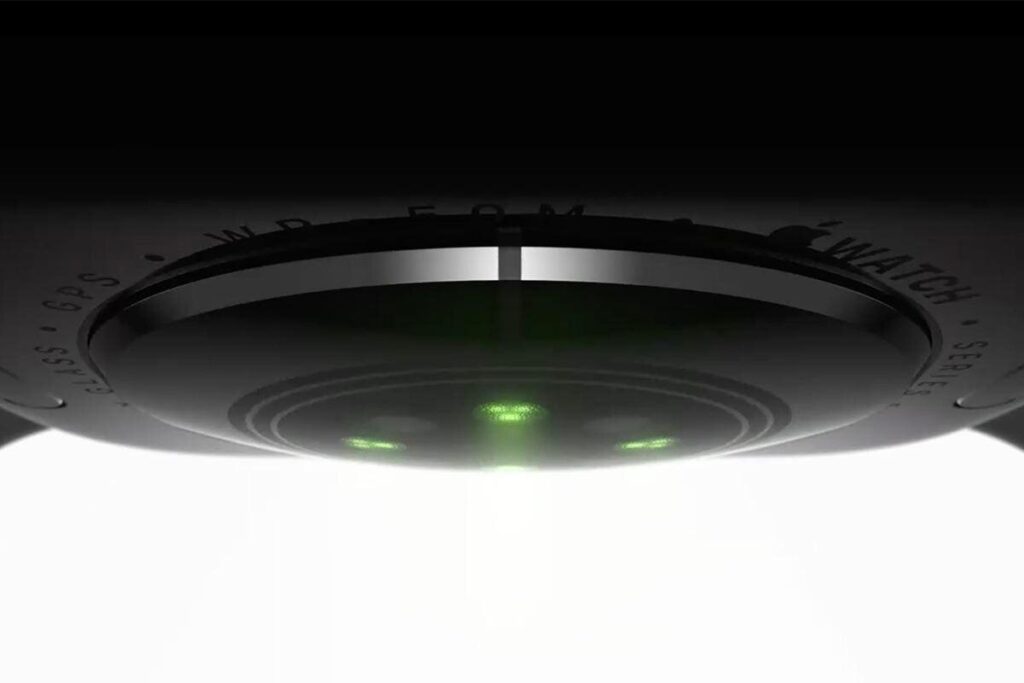In a promising leap forward for wearable technology, a recent study published in Nature unveils encouraging advancements in non-invasive blood glucose monitoring. The study, involving 50 participants with type 2 diabetes, explored the capabilities of Raman spectroscopy in tracking blood glucose levels without the need for traditional blood sampling.
Over just two days, the researchers utilized a Raman spectroscopy device. This innovative apparatus employs a near-infrared light with a wavelength of 830nm, which is strategically positioned over the thumb of the participant. By analyzing the reflected light in 50-second data segments for each session, researchers could gather accurate glucose readings. The results demonstrated close alignment with conventional blood sample testing methods, promising a future where glucose monitoring might become significantly less intrusive.
A key component setting this study apart is the use of a “pre-trained calibration model.” Developed from a prior trial of 160 individuals, the model considerably shortened the initial calibration requirement to just 10 measurements over four hours. Notably, once calibrated, the device maintained accurate readings for at least 15 days. According to the study’s conclusions, this method could reliably track blood glucose in individuals with type 2 diabetes, a critical development with potential implications for millions worldwide.
While consumer-grade devices were not used in this study, the technique mirrors the rumored approach Apple might employ for future iterations of the Apple Watch. Since 2017, Apple has been enveloped in speculation revolving around its ambition to integrate non-invasive blood glucose monitoring into its wearable lineup. However, the challenge lies in refining the technology to a scale appropriate for mainstream consumer devices while ensuring reliability—a significant responsibility for a tech giant like Apple.
Currently, those eager for blood glucose tracking features can pair Apple’s smartwatch with the Dexcom G7 patch-based system. Still, the industry buzzes with anticipation for future developments from Apple and its peers.
Samsung, another formidable player in the tech industry, has also entered this race. According to Samsung’s senior vice president, Dr. Hon Pak, the company is working on a non-invasive glucose monitoring solution backed by artificial intelligence. Slated for early 2025, Dr. Pak shared in a blog post that they are developing a sensor algorithm aimed at predicting early diabetes indicators. This encompasses not just the measurement of blood glucose levels but also includes continuous glucose monitoring with integrated nutritional guidance.
As technology companies like Apple and Samsung push the boundaries of what wearable devices can do, the hope for accessible, non-invasive health monitoring becomes increasingly realistic. These advances could mark a significant milestone in personalized health care, offering new levels of comfort and control for individuals managing diabetes.


